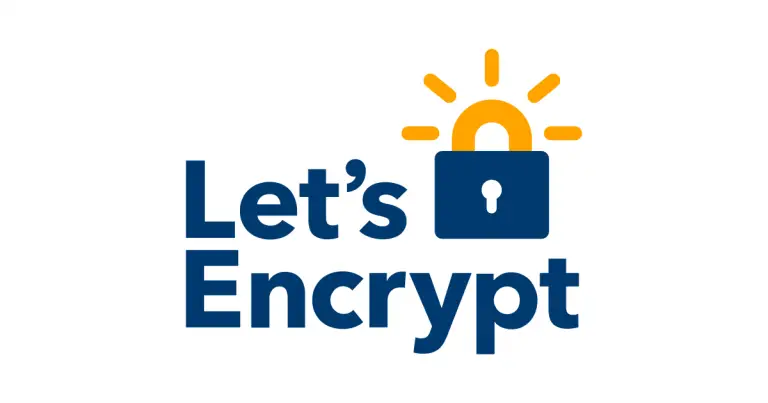
XAUt is a gold-backed stablecoin launched in January 2020 by Tether, the issuer of the cryptocurrency stablecoin USDT. Each XAUt token represents one troy ounce of fine gold (28.3495 grams), enabling investors to participate in gold investment and hedging through digital assets.
Between 2024 and 2025, gold prices experienced a dramatic surge, now reaching $3,300 per ounce. Against this backdrop, XAUt has garnered increasing attention from investors, offering greater liquidity and fewer restrictions compared to traditional bank-issued paper gold within the cryptocurrency ecosystem.
Recently, Tether’s CEO disclosed that while central banks around the world are accumulating hundreds of tons of gold, XAUt has steadily become a standard tokenized gold product for both individual and institutional investors. To maintain price stability, Tether stores 7.7 tons of gold in a dedicated vault in Switzerland.
This 7.7-ton reserve corresponds directly to the current market capitalization of XAUt, which stands at approximately $770 million. Tether’s holdings amount to 246,000 troy ounces (over 7.7 tons), providing tangible backing to stabilize the token’s value.
Tether goes beyond mere gold storage by offering XAUt redemption services—meaning that investors can, if desired, contact the company to redeem their tokens for physical gold from the vault. Thus, even in the event of a sudden collapse in XAUt’s market value, investors would retain access to their physical assets. The presence of actual gold reserves greatly mitigates the risk of a catastrophic collapse.
The primary concern, however, lies in the security and reliability of Tether’s gold holdings. The company asserts that it has implemented stringent control measures, including bar verification and regular audits, to uphold the credibility of XAUt. Nonetheless, some degree of risk remains, rooted in the broader question of Tether’s overall trustworthiness.
In past years, USDT has experienced episodes of sharp devaluation, typically triggered by regulatory investigations into Tether. Yet, the company has consistently managed to resolve these issues, maintaining USDT’s dominance in liquidity and circulation rates over other U.S. dollar-pegged stablecoins within the cryptocurrency market.


